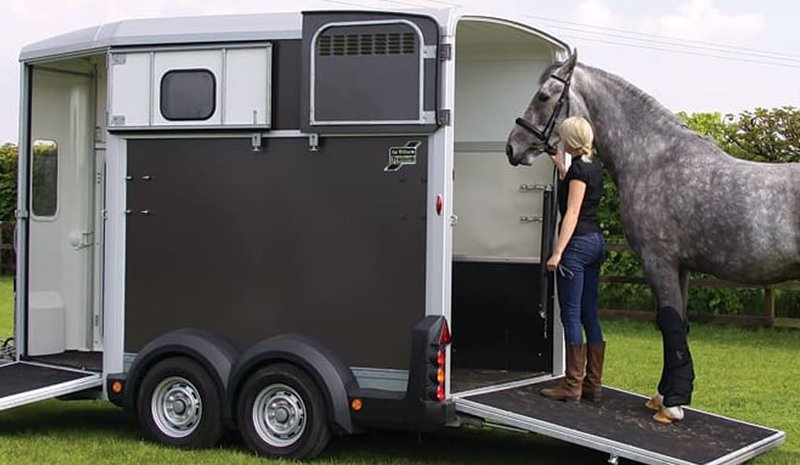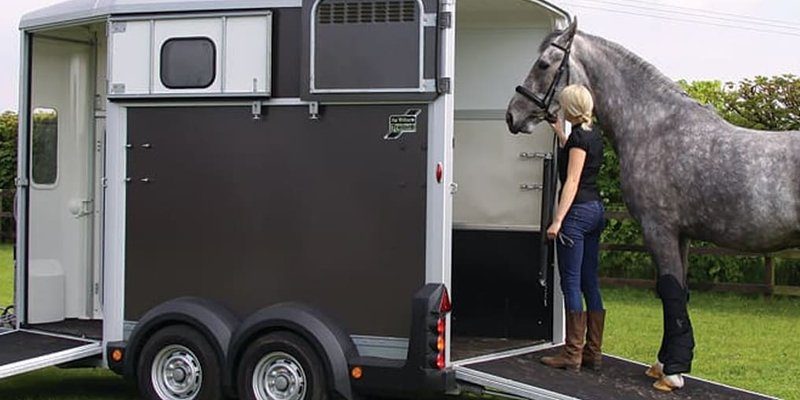
Horses are more than just animals; they’re companions, athletes, and sometimes even family. Picture this: you’re both excited and a bit nervous about the journey ahead. That’s totally normal! Let me guide you through the steps so you can hit the road with confidence, ensuring both you and your horse have a positive experience.
Planning Your Route
Before you even think about loading your horse, planning your route is key. Start by considering what roads you’ll take. Is there construction on your usual path? Are there places where you can stop for breaks? Taking the time to map out your journey can make all the difference.
Consider the distance and the type of roads you’ll be traveling. If you’re driving a horse trailer, you might want to avoid busy highways where traffic can become chaotic. If possible, choose quieter back roads that allow for smoother travel. Also, think about how long the trip will be. Horses can be sensitive to long journeys, so the shorter, the better.
You might be wondering about rest stops. It’s good practice to stop every few hours to check on your horse. During these breaks, make sure your horse can stretch its legs and get some fresh air. Just like us, horses appreciate a little break from being cooped up!
Choosing The Right Trailer
Not all trailers are created equal, and picking the right one is crucial for a safe trip. First things first: make sure the trailer is suitable for your horse’s size and weight. It’s important to check the weight limitations of the trailer to ensure that it’s capable of carrying your horse comfortably.
You’ll find two main types of trailers: straight load and slant load. Straight load trailers are great for horses that prefer to face forward, while slant load trailers allow horses to stand at an angle. Think about your horse’s preferences—some might feel more secure facing forward, while others might enjoy the slant position.
Also, check that the trailer has proper ventilation and is free of any sharp edges or protrusions. A comfortable horse is a happy horse, and keeping your horse relaxed during travel is vital.
Pre-Transport Preparations
Before loading your horse, a few preparations can go a long way in ensuring a smooth journey. Start by checking vaccinations and health records. Some places require proof of vaccinations before allowing horses onto their property. Keeping a copy handy can save you a lot of hassle.
Next, consider your horse’s conditioning. If you haven’t transported your horse recently, it might be a good idea to acclimatize it to the trailer ahead of time. Let it explore the trailer in a calm setting without any pressure. Horses are creatures of habit, and being in a new place can stress them out, so giving them time to adjust helps immensely.
On the day of transport, it’s wise to check the weather. If it’s too hot or cold, you may need to adjust your plans to ensure your horse is comfortable. You wouldn’t want to leave your horse in the trailer during extreme temperatures, so be prepared to make adjustments if needed.
Loading Your Horse Safely
When it comes time to load your horse, take your time. Rushing can lead to accidents. Ideally, have a helper with you to hold the horse or help with loading, especially if your horse is nervous about the trailer. Use a calming voice and gentle movements to encourage your horse to step into the trailer.
Always lead your horse from the left side. This is the safest side and ensures better control. If your horse is hesitant, try using a favorite treat or calming sounds to coax it inside. It’s important that you maintain a relaxed demeanor—your horse can sense your energy, and a calm handler helps ease its anxiety.
Once loaded, make sure your horse is secure. Use safety ties or cross ties to prevent excessive movement. The last thing you want is your horse shifting around during transport, which could lead to injury.
During Transport
While on the road, pay attention to how your horse is behaving. Horses can be unpredictable, especially in a moving vehicle. Stay focused on driving, but also keep an eye on your horse through the rearview mirror. If your horse seems agitated, pull over when it’s safe to check on it.
Make sure the trailer is properly ventilated to prevent overheating. If the weather is warm, consider opening windows slightly to allow for airflow. If it’s cold, you may need to cover your horse better to keep it warm.
You might want to play some calming music or simply drive smoothly. Sudden stops or sharp turns can be jarring for your horse, so taking it easy on winding roads will create a more pleasant experience.
Unloading Your Horse Safely
Once you arrive at your destination, it’s not over yet. Unloading can also be a tricky moment. Before unloading, ensure the area is safe and quiet. If possible, have someone else help you with the unloading process.
Lead your horse calmly out of the trailer, just as you did when loading. Give your horse plenty of space to step out and adjust to the new environment. Horses can be startled easily, so a calm and patient approach will help ease the transition.
After unloading, take a minute to assess your horse. Look for signs of stress or injury. If everything seems normal, let your horse explore its new surroundings at its own pace. Remember, this is a new experience for you both!
Legal Considerations When Transporting Horses
Finally, let’s touch on the legal side of transporting horses. Start by checking your local regulations on horse transportation. Some areas may have specific rules regarding health certificates, brand inspections, or even permits for long-distance transport.
If you’re crossing state lines, you’ll likely need a health certificate and proof of vaccinations. It’s a good idea to call ahead and confirm what you’ll need, so you’re not caught off guard. This paperwork is more than just red tape; it helps ensure the health and safety of your horse.
Be mindful of road laws, too. Driving with a trailer can be different from driving without one. Make sure your vehicle can handle the extra weight and that you’re using the right hitch. It’s worth taking a driving course if you’re new to towing a trailer, as safety should always be a priority.
Transporting a horse may feel daunting, but it doesn’t have to be. With careful planning, the right equipment, and a calm approach, you can ensure that your equine friend travels safely and legally. Remember to take your time and be patient. After all, both you and your horse deserve a smooth, enjoyable journey. So grab your map, load up your trailer, and get ready for the adventure ahead!

